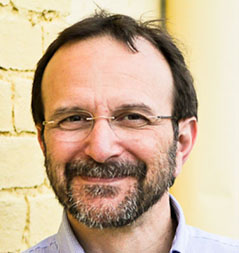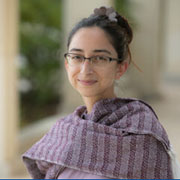In his weekly clinical update, Dr. Griffin with Vincent Racaniello are shocked at how vaccine safety is undercut by misrepresenting thimerosal safety, its removal from vaccines, and how CBER director Vinay Prasad overruled his advisors…
In his weekly clinical update, Dr. Griffin with Vincent Racaniello are alarmed at how RFK is breaking his promise of not altering vaccine policies, and nonexistent data and studies are used by members of the…
In his weekly clinical update, Dr. Griffin and Vincent Racaniello discuss in shock how RFK is breaking his promise of not altering vaccine policies by appointing new members of the ACIP, next ACIP meeting on…
In his weekly clinical update, Dr. Griffin with Vincent Racaniello in horror examine dismantling of public infrastructure for establishing vaccine guidelines, the creation of a autism taskforce by someone disciplined for practicing medicine without a…
In his weekly clinical update, Dr. Griffin with Vincent Racaniello in dismay examine the MAHA-Make America Health Again-report and its inclusion of fictious studies or “Creative literature degree Medical Science writing”, RFK Jr contradicted by…
In his weekly clinical update, Dr. Griffin with Vincent Racaniello discusses vaccination trends, the changes COVID-19 vaccine recommendations for children and pregnant women, easing of vaccination exemptions in Texas, the ongoing measles outbreak globally before…
In his weekly clinical update, Dr. Griffin with Vincent Racaniello debate the changes in FDA vaccine approval policy especially how it is applied to COVID-19 vaccines and restricts vaccine availability/usage and Novavax’s vaccine, mpox on…
In his weekly clinical update, Dr. Griffin with Vincent Racaniello wail about the attack on science within the US, cancellation of CDC’s committee on infectious diseases, mpox in Sierra Leone, “bird flu” in cats, the…
In his weekly clinical update, Dr. Griffin with Vincent Racaniello bemoan the attack on science within the US, salt water controls for vaccines, return to 1938 technology for flu vaccines, mRNA vaccines as “bioweapons”, rise…
In his weekly clinical update, Dr. Griffin with Vincent Racaniello bewail the attack on science within the US and withdrawal from the global health communities, association between the shingles vaccine and reduced dementia occurrence, ending…








